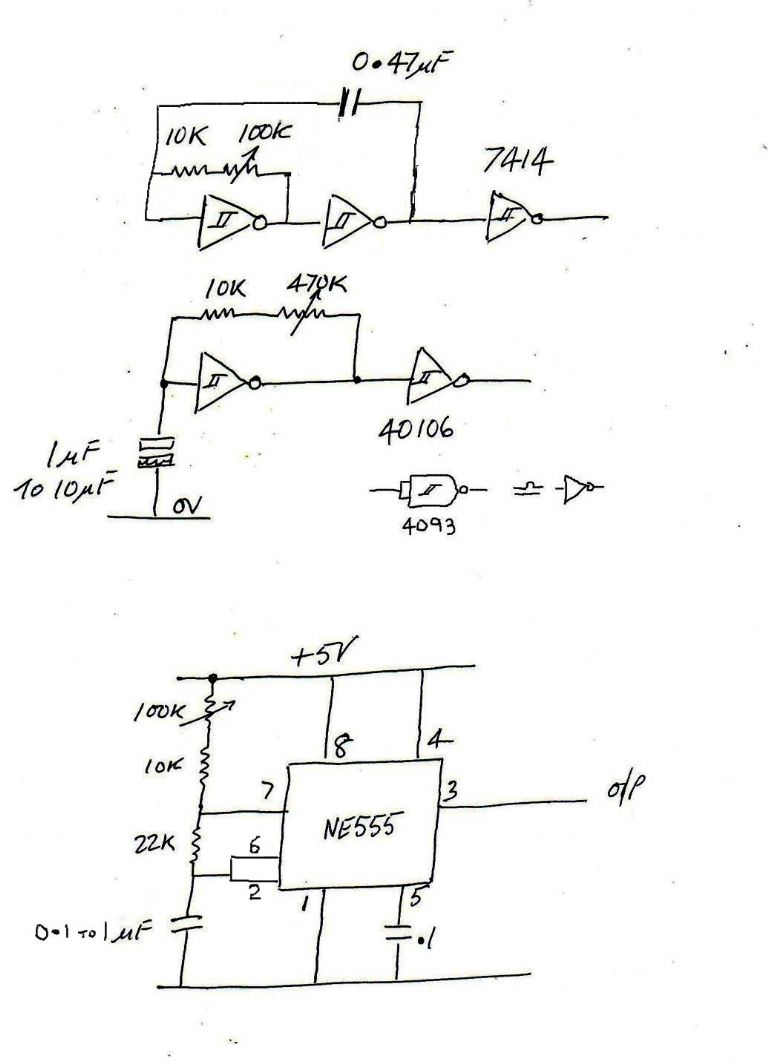Hi Gents,
I’m preparing to build the standalone control device designed by ‘Kwackers’ (Steve Ward) to drive a dividing head or rotary table via a driver and stepper motor. This could be described as a poor man’s DivisionMaster though it appears very capable and is now pretty mature. The project (including links to the circuit, PCB layout, manual etc), is discussed on the CNC Zone here:
http://www.cnczone.com/forums/open_source_controller_boards/47007-rotary_table_indexer.html
I’ve acquired a suitable stepper motor off Ebay and this was apparently salvaged from a Sato R400 label rewinder. Interestingly, the seller (nice gent) included what seems to be the related driver daughterboard plus all the off-board wiring and switches that go with it. I’ve tested the stepper motor (Nanotech-Munich) using a primitive driver I have and this runs very sweetly. I’ve also done a crude test of the Sato driver-motor combination — powering it locks the stepper rock solid (which is encouraging). The only data interface to the driver board is a 2-wire flylead terminated by what appears to be a metal-encased 5-pin DIN socket. Presumably, the two connected wires are DIR and STEP. I suppose I could get a break-out-board for the PC printer port (and suitable software) but I’m reluctant to invest money only to find out that the driver is duff or a special that can only be driven by the parent board.
I therefore need to find some way to feed suitable signals to the data interface. As I understand it, the STEP signal is simply a stream of square-waves at TTL levels fed to the driver main IC which amplifies these signals to (motor) power levels and feeds them in a sequence to the stepper so as to produce rotary motion.
I have an old Labgear audio signal generator that can output sqare waves at TTL levels so I was wondering whether a signal fed from this could be used for the purpose. Is this feasible please? If so, at what conservative frequency should I run the generator to produce rotary motion? And what should I do (if anthing) about the DIR (direction) signal?
Thanks
Joe
PS — I appreciate that the above may be utterly wrong-headed but I had to ask!
Edited By joegib on 14/10/2010 16:46:12
joegib.





